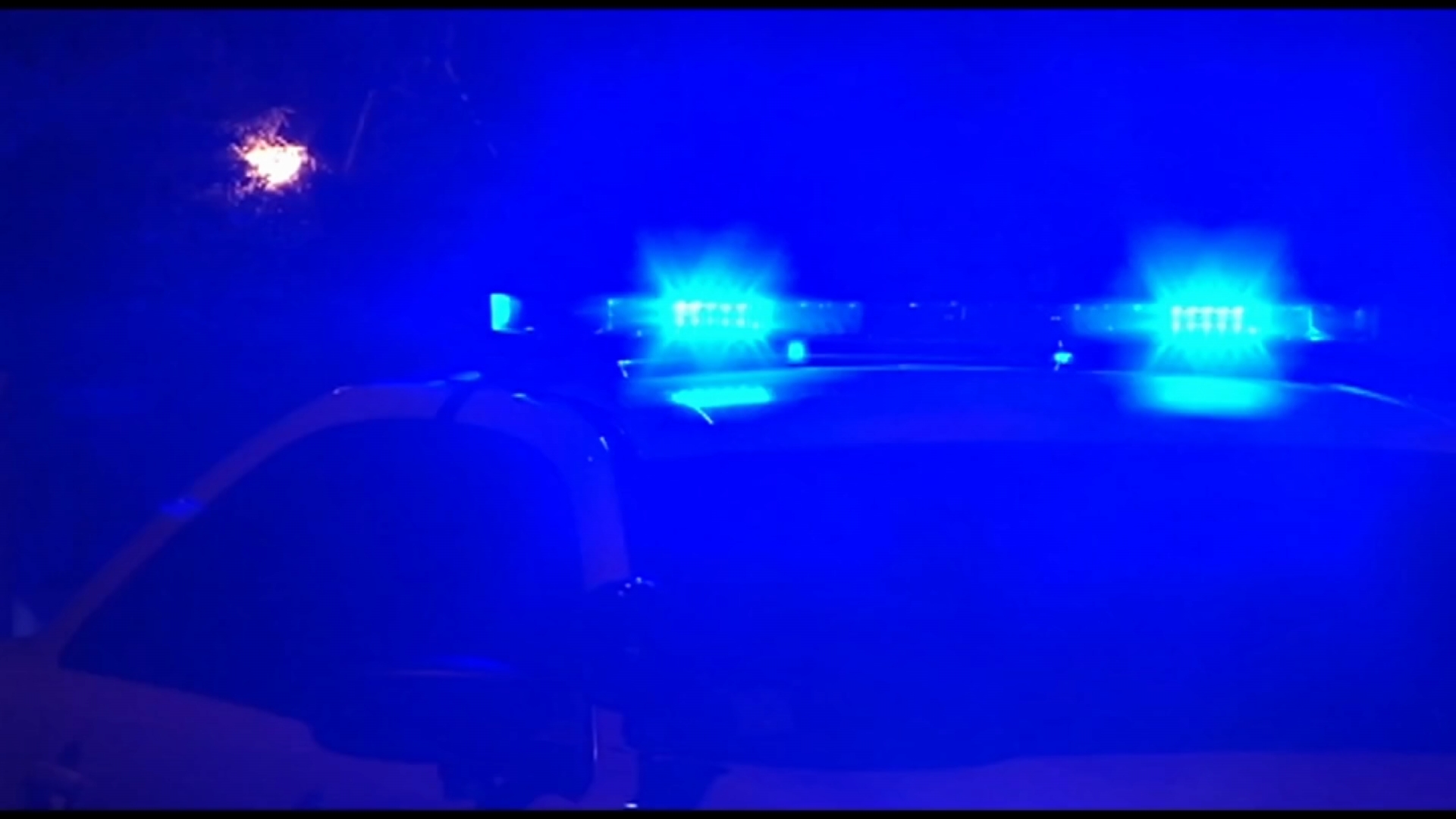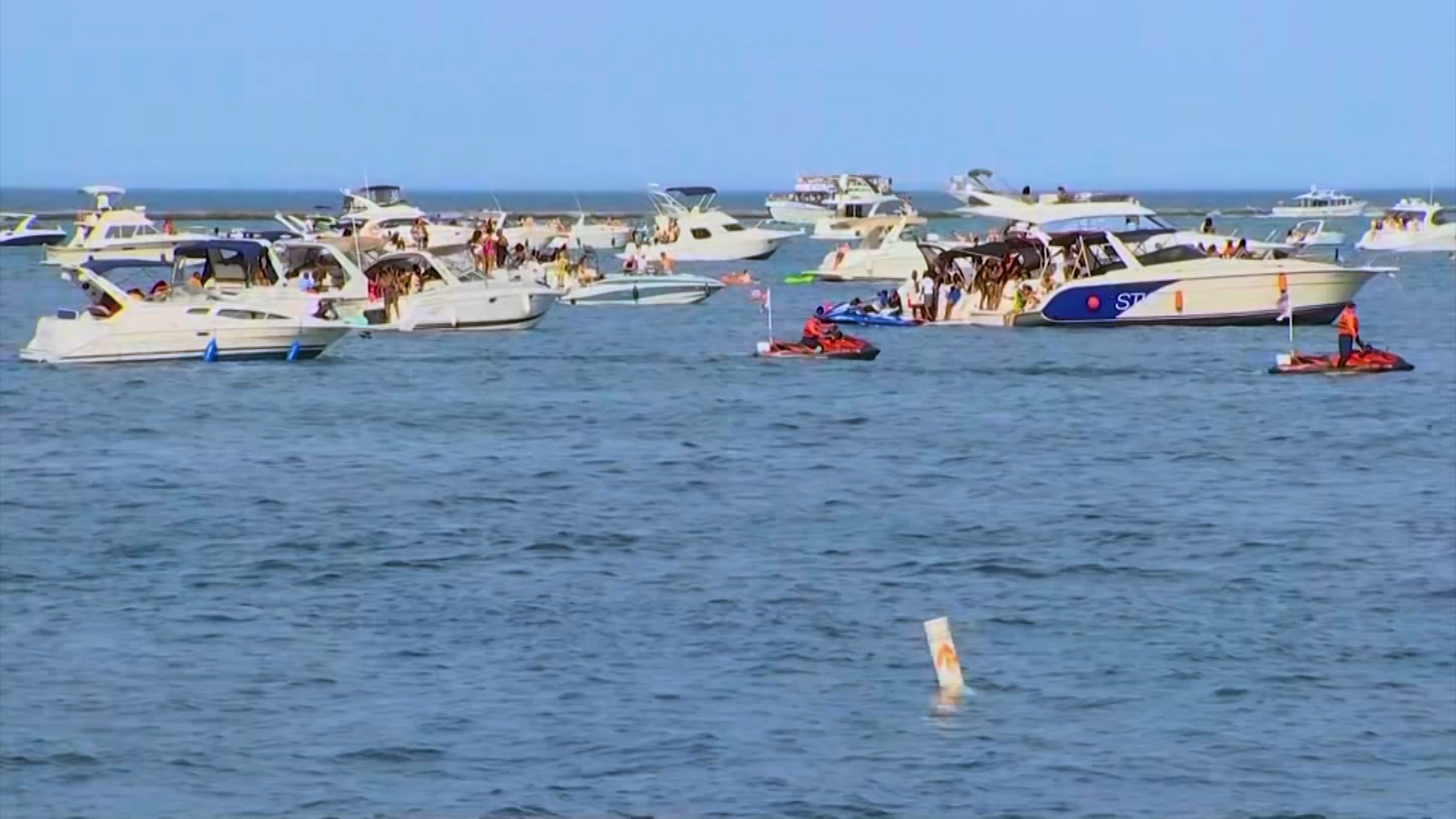Changing weather patterns could have some serious impacts on the Chicago area, and the Climate Prediction Center has released new projections on what the summer could look like in the Windy City.
The new projections, released on Thursday, are similar to those found during La Niña weather patterns, with the Midwest potentially seeing warmer-than-normal temperatures during meteorological summer, which runs from June through August.
The probability of a warmer-than-normal summer is considered to be “leaning above,” according to the CPC. Indications are much stronger for warmer-than-normal temperatures in the Four Corners of the American Southwest, and also in New England.
Most of the western United States is in line to have above-normal temperatures, according to the projections.
In terms of precipitation, the models say there is an "equal chance" of precipitation either being above or below normal levels.
These projections align with previous indications that an El Niño pattern in the Pacific Ocean could be coming to an end as soon as next month. According to the CPC’s latest numbers, released earlier this month, there is a 50/50 chance that a La Niña pattern will develop for the summer months, and a 69% chance that such a pattern will emerge between July and September.
According to researchers at the University of Illinois at Urbana-Champaign, summers during La Niña patterns tend to be warmer and drier than normal in the Midwest, while the fall tends to be cooler and wetter.
Local
Winters also tend to be warmer during those patterns, but cold snaps and heavy snow events are more frequent.
La Niña patterns occur when sea-surface temperatures along the equator in the Pacific are unusually cold, compared to the unusually warm sea-surface temperatures that occur during an El Niño pattern.
Feeling out of the loop? We'll catch you up on the Chicago news you need to know. Sign up for the weekly Chicago Catch-Up newsletter here.
Trade winds also grow in strength during La Niña events, pushing warmer water toward Asia. This allows cold water to rise to the surface near the west coast of the Americas.
As a result, the jet stream pushes northward, funneling heavy rain toward the Pacific Northwest and resulting in drought conditions in the southern United States. That jet stream also tends to push northward over the Midwest as well, guiding rain away from the area and allowing warmer air from the Gulf of Mexico to push northward.



